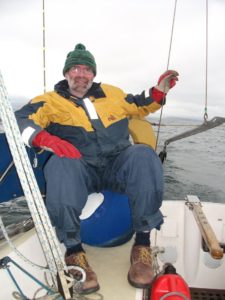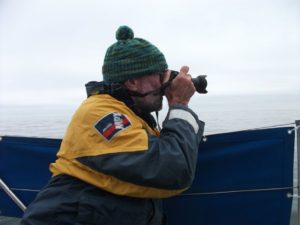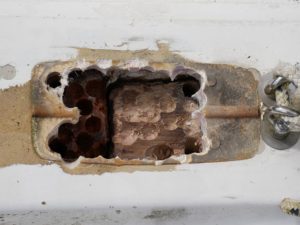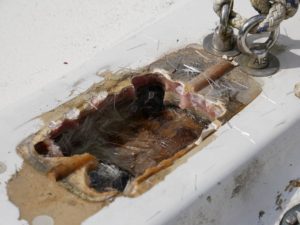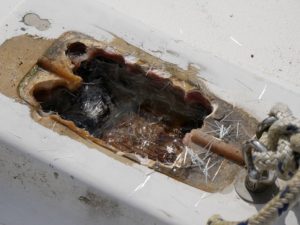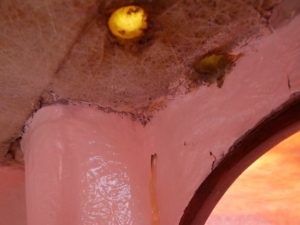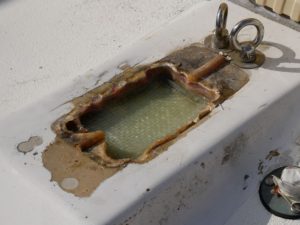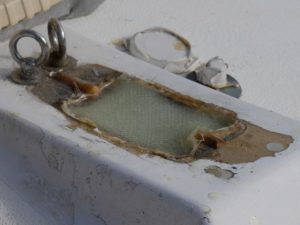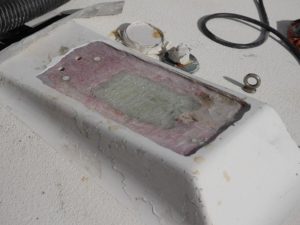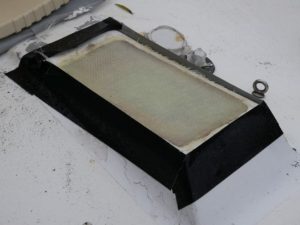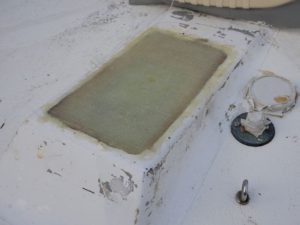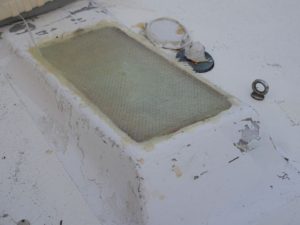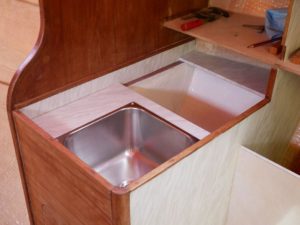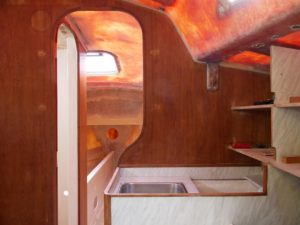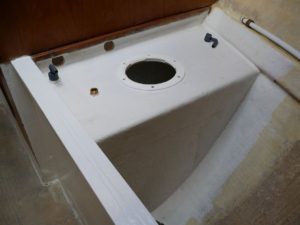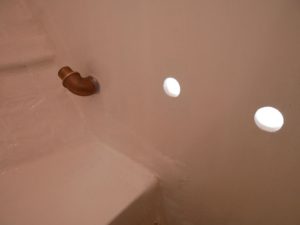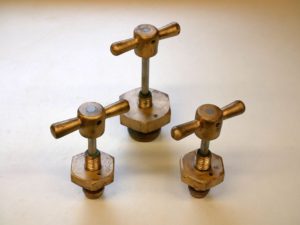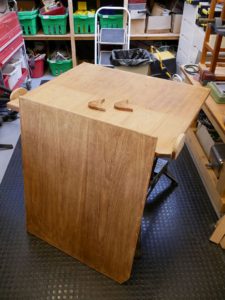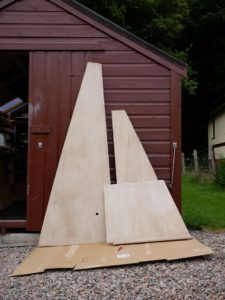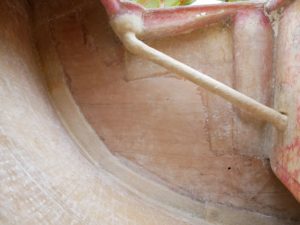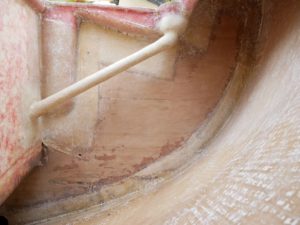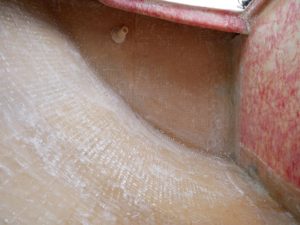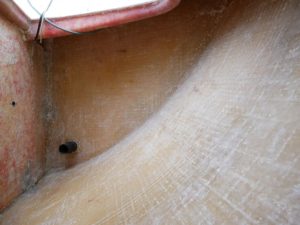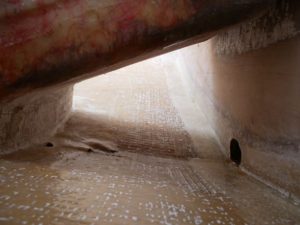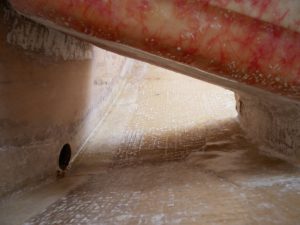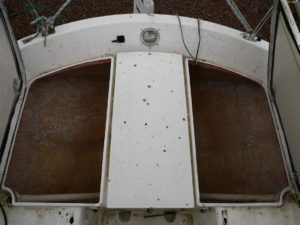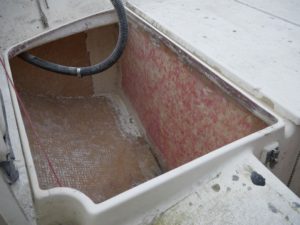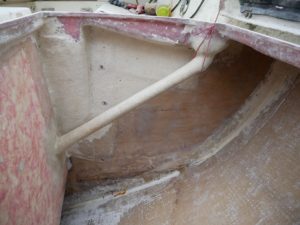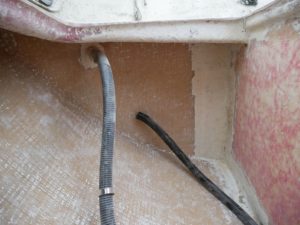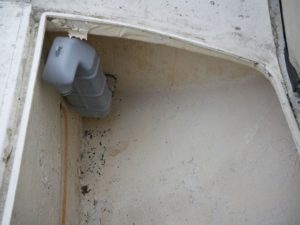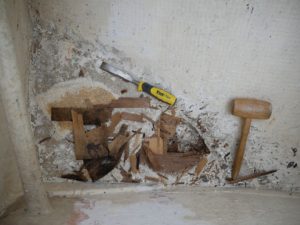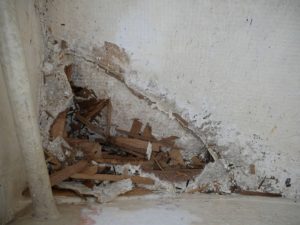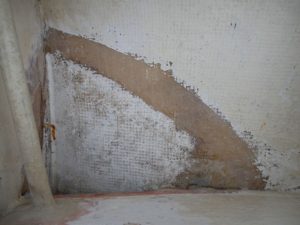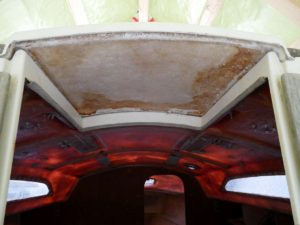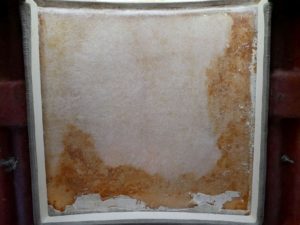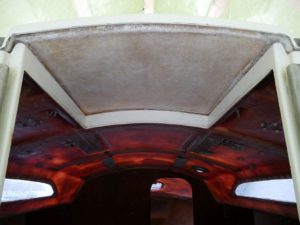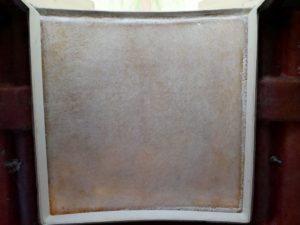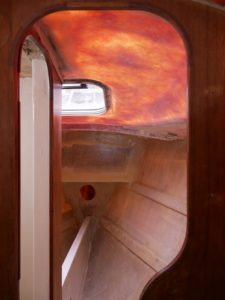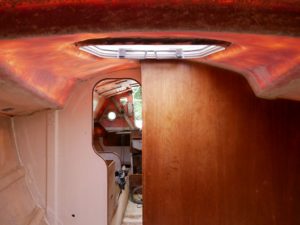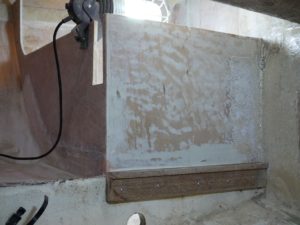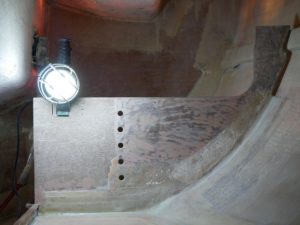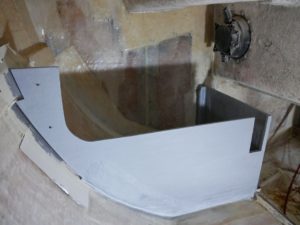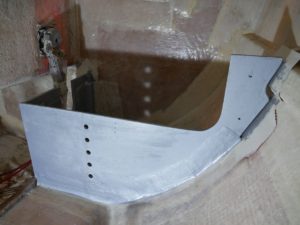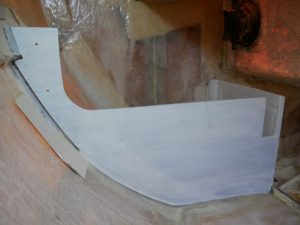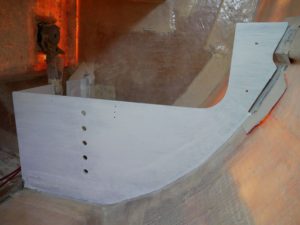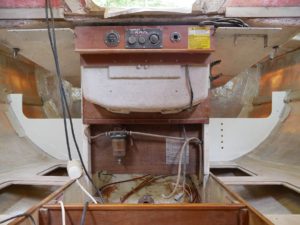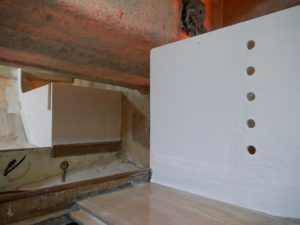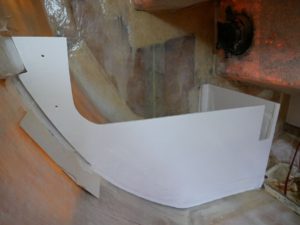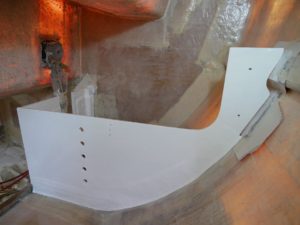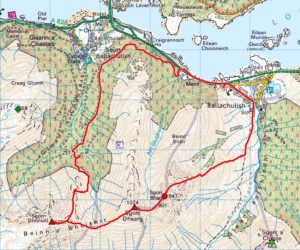Sometimes the best things just come out of the blue!
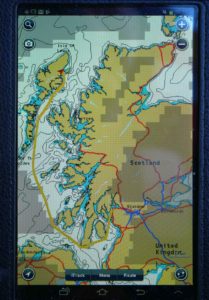
On Monday 16 July, not long after I’d got back from Beinn a’ Bheithir, I had a phone call from Peter MacKenzie (who’d started sailing with us when we were racing Fly out of Oban donkey’s years ago but moved to Lewis and just kept dreaming of boats ever since) which began something like this…
He’d bought a boat (a Sigma 33), which he’d like to get out of Kip Marina and preferably to Stornoway by the end of July; could I and/or Twig help?
And continued something like this…
Yes, I’m both interested and available, but you need to be thinking proper passage making rather than day hops and I can’t take that on with just the two of us. But I’ll come if we can get Twig to skipper (caveat: you’re giving us a very tight timescale and he’s a busy guy!); would you like me to sound him out?
So I phoned Twig, who answered from somewhere near the Lizard on a delivery trip from Weymouth to Dunstaffnage, had another job to go to on 26 July and had been thinking of coming to do some work on Fly in-between! But he was expecting to make Dunstaffnage on Thursday (19 July) and thought we could do it if we got going ASAP thereafter. Which sounded promising till we heard that Peter and Susan were going to a wedding in Glasgow on Saturday (21 July). Cue text from me to Twig to ask is Sunday soon enough, to which you already know the answer or you wouldn’t be reading this blog! So we had three days to get from Kip to Stornoway, a day to get home, and a whole multi-day chain of phone and text exchanges discussing survey/condition of the boat, what was/wasn’t aboard and what did/didn’t work already in motion, with me the go-between as Twig’s current charge (the 42-foot Ron Holland-designed Double Thyme) made her way north to arrive a day late on Friday (20 July). On Saturday I headed down to Twig’s bringing some missing bits and pieces while he collected others ready to leave Taynuilt at silly o’clock Sunday, which brings us to the Kip pontoons at c.07:30 Sunday loading stuff onto a strange boat we’re proposing to take on a 260-nautical-mile sea passage an hour and a half later…
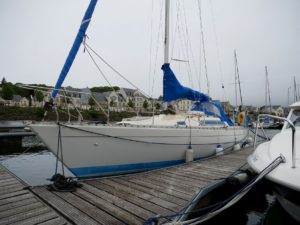
And setting off at precisely 09:00 with autohelm testing pretty well the first thing on the agenda. Now, we knew the previous owner couldn’t get the autohelm to work, but didn’t know quite what that meant, so left hoping he’d just not understood it rather than it was dead, but prepared to make the whole passage without if necessary. Which looked inconveniently likely with initial failure to power up threatening to confirm the worst case scenario, but ‘Fred’ thankfully springing to life as Twig started taking apart sockets, cleaning contacts and jiggling fuses…
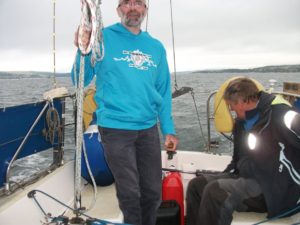
So that was us motoring for the Mull of Kintyre some 50+ miles away against what (generally very little) wind there was and no intention of trying to sail till we could make better use of a south-westerly breeze as we turned north or north-west round it, with north-west outside Islay being the preferred option to eliminate all the tidal gates from the various ‘inside’ alternatives. And there’s not a whole lot more to say about a remarkably quiet, easy start apart from noting our encounter with the Isle of Arran south of Pladda, with the CalMac ferry [post edited 2023] presumably on the Ardrossan to Campbeltown run I didn’t then realise was its normal route…
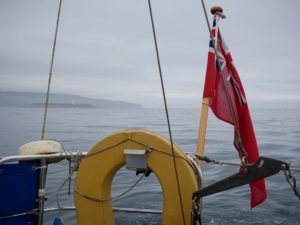
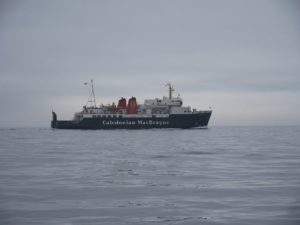
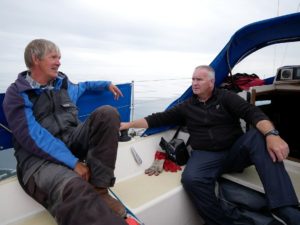
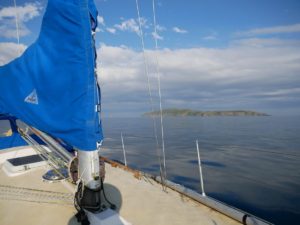
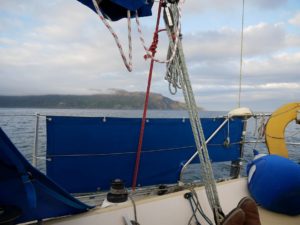
Since our preferred ‘outside’ passage was looking reasonably comfortable with the big swell Twig had encountered on passing this way with Double Thyme just days earlier clearly down, our first night at sea saw us heading north-west to clear the Mull of Oa and Rhinns with Twig on watch from midnight till 04:00 and Peter and I relieving him thereafter. And, despite some slightly uncomfortable bashing during that first spell, we awoke to a more pleasant motion steadied by a partially-unfurled genoa which I subsequently pulled out to harness completely. And so we continued out past the lonely lighthouses of Dubh Artach and Skerryvore, motorsailing comfortably with the apparent wind still typically well ahead of the beam but the genoa lightening the engine’s load, giving us a knot or more extra and perhaps just as importantly more of a ‘sailing’ feel…
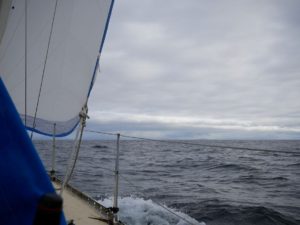
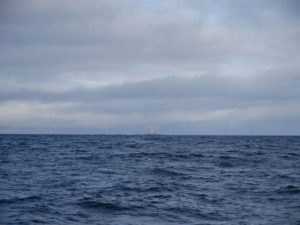
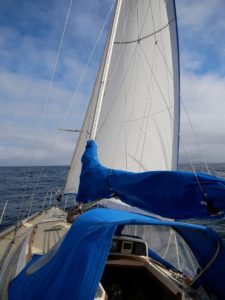
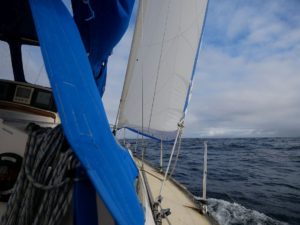
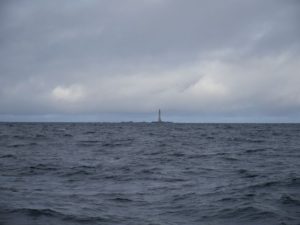
Now, we’d hoped to get the main up and possibly the kite for a great sail north as we turned again at Tiree, but still the wind didn’t play ball, being both fickle and rarely as far to the south-west as anticipated. So the motorsailing continued on a course-with-a-view somewhat west of the direct line, and three sleep-deprived sailors all being caught cat-napping from time to time…
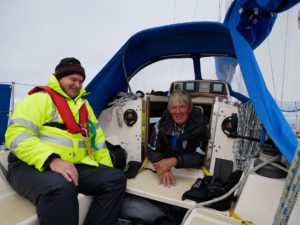
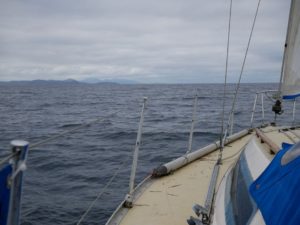
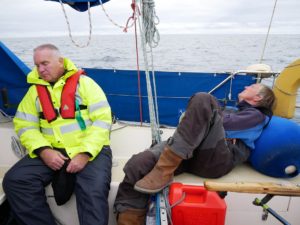
While Twig was down below, Peter M saw a whale, both Peters saw a group of c.20 dolphins leaping in concert with no camera to hand, and Peter D managed one passable shot of one of a more placid subsequent trio against a backdrop of distant Skye…
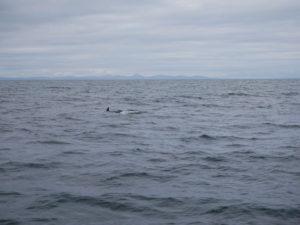
And so we continued north towards the Little Minch and the second night, with the sun setting as we passed between North Uist and Skye…
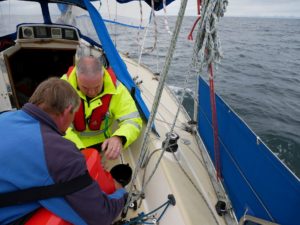
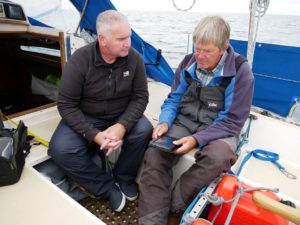
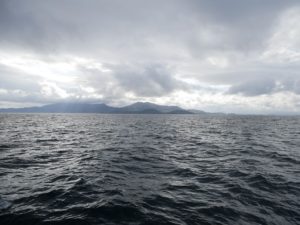
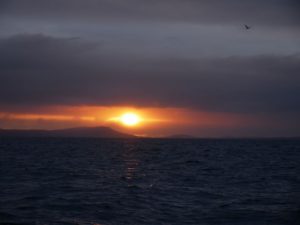
It was heading through here on Peter’s and my watch that things briefly got less pleasant with squalls and rain from astern, but conditions came nice again after an hour or two with just creel buoy lookout to really keep us a bit edgy and Twig taking over just before Tarbert to take us past the Shiants on his watch. After which I came back out to give him one final break as we made our way up the Lewis coast. And that’s about it, with Shenanigan of Kip coming home to her new base of Stornoway at 06:00 Tuesday and Susan there to welcome her in after enthusiastically heading down from Bragar an hour ahead of us!
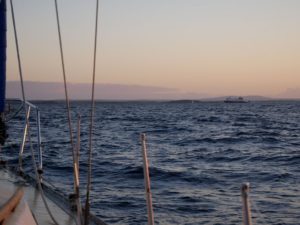
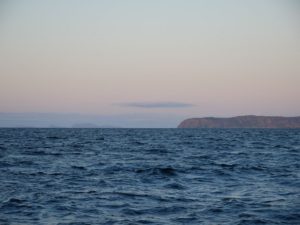
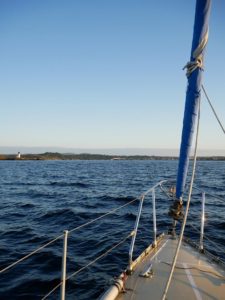
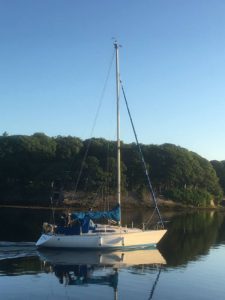
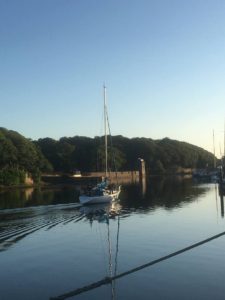
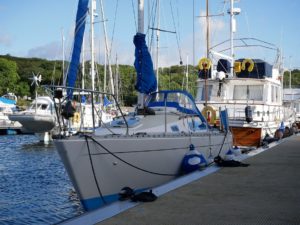
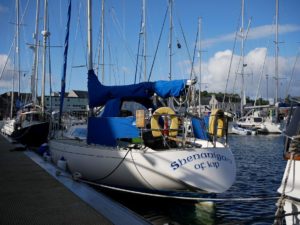
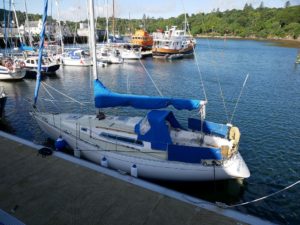
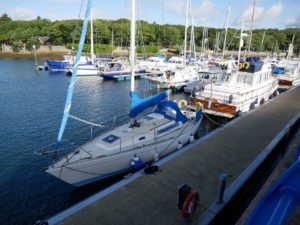
So here we were a day ahead of schedule/deadline after 260 sea miles and 45 hours at sea, already plotting a quick escape from the island to get Twig home with time in hand. And this ‘escape’ included Peter, who needed to retrieve his van from Kip as I did mine, so Rachael (Peter and Susan’s daughter who I’d previously taught at Kinlochleven and had come sailing on Fly with them) drove the three of us to Tarbert because that was the next ferry by the time we’d got the boat fit to leave. After continuing south through Skye from Uig by bus and following a convoy of three massive turbine blades along the A87 down Loch Duich, Twig got off at the Fort for a lift home and my mum picked Peter and me up at Dumbarton to take us to Kip the following (yesterday) morning. But we were all back racing at Glencoe Boat Club last night, with Peter and his van booked on the Uig ferry this morning and presumably home admiring the boat by now. And it’s not the end of the story for the crew who brought her home, with Twig already agreeing to take on some of the necessary maintenance and me expecting to head back for some long-promised sailing (yes, since the MacKenzies starting crewing for Fly all those years ago!) where her new owners will welcome an experienced hand.
Just one more thing to add, which is seeing Twig’s 7″ tablet in action as chart plotter. Now, I’ve often thought of getting a 7″ tablet but wondered whether it’s a pointless supra-phone, sub-laptop form factor… to which the answer is no, it’s just perfect for this. Fly has a chart plotter, but it’s both black-and-white (colour was pretty expensive when we put it in) and immovable where a cheap tablet like Twig’s would be a cost-effective and portable addition. And that’s really it for now, apart from the addition of these two photos of Peter’s I can’t quite place because I ‘stole’ them from Facebook with no original time stamps! ;-)
